In the frigid realms of winter, when lakes and marshes transform into crystalline expanses of ice, most reptiles retreat into deep hibernation. However, one remarkable creature defies the conventional understanding of cold-blooded survival. The common garter snake (Thamnophis sirtalis) exhibits a fascinating adaptation that allows it to navigate beneath frozen surfaces, continuing its existence in a world seemingly hostile to reptilian life. This extraordinary behavior, observed in northern regions of North America, represents one of nature’s most ingenious survival strategies. As we explore this phenomenon, we’ll discover how these resilient serpents have evolved to thrive in conditions that would prove fatal to most of their reptilian relatives.
The Evolutionary Marvel of Cold-Adapted Snakes
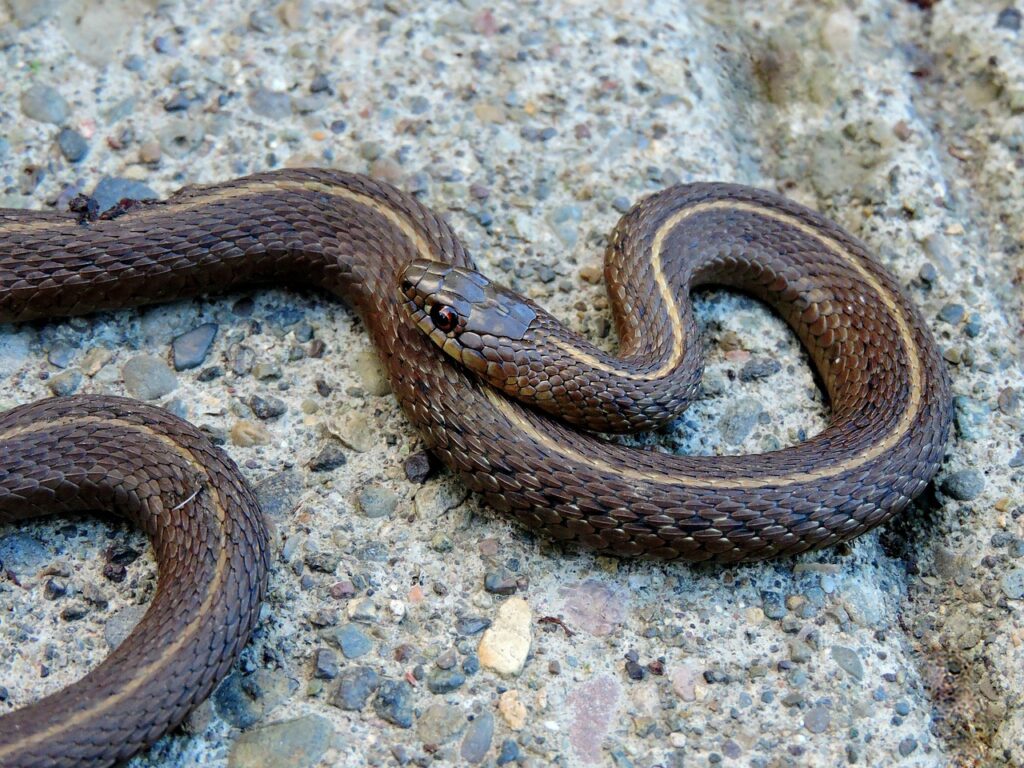
While reptiles are typically associated with warm climates, several species have evolved remarkable adaptations to survive in temperate and even sub-arctic environments. The common garter snake represents perhaps the most cold-tolerant snake species in North America, with populations extending far into Canada’s northern territories. These snakes have developed physiological mechanisms that allow them to function at body temperatures that would render most reptiles completely immobile. Their evolutionary journey spans millions of years, during which they’ve refined their cold tolerance through countless generations surviving harsh northern winters. This adaptation has opened ecological niches unavailable to other reptiles, allowing garter snakes to thrive in regions where reptilian competitors are notably absent.
Biological Mechanisms Behind Cold Survival

The garter snake’s ability to function in near-freezing conditions stems from several specialized physiological adaptations. Unlike many reptiles, these snakes produce a type of biological antifreeze compound—similar to glycerol—that prevents ice crystal formation in their tissues and vital organs. Their metabolism can function at temperatures as low as 37°F (3°C), well below the threshold where most reptiles become completely inactive. Additionally, garter snakes can significantly lower their oxygen requirements during cold periods, allowing them to remain active with minimal energy expenditure. Their cardiovascular system has also adapted to efficiently circulate blood even when their body temperature drops precipitously, ensuring crucial organs receive oxygen even in extreme cold.
The Phenomenon of Under-Ice Movement
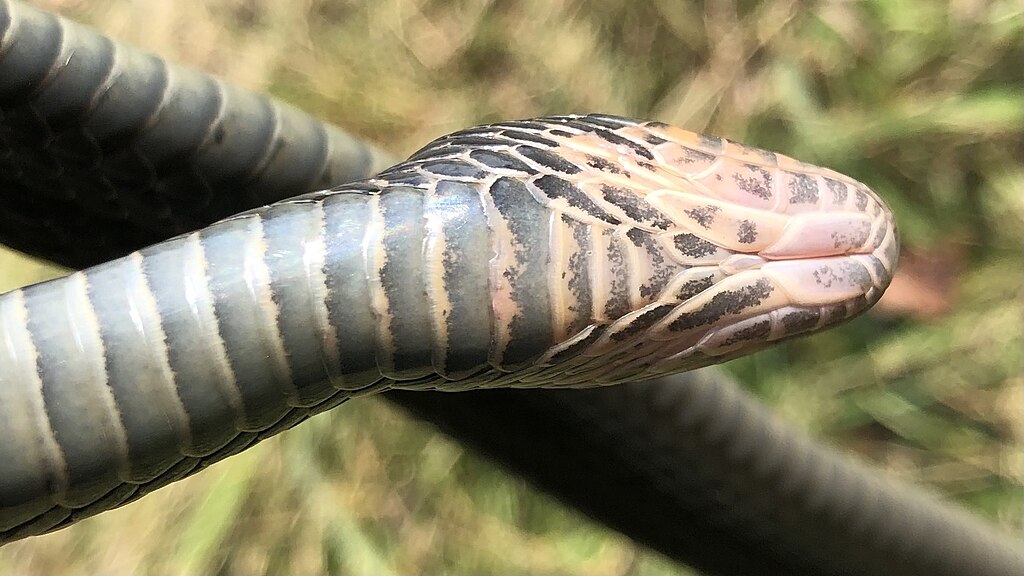
The behavior of garter snakes moving beneath ice represents one of herpetology’s most fascinating phenomena. Typically observed in late winter or early spring, these snakes navigate the narrow space between the bottom of ice sheets and the marsh substrate below. This movement isn’t random but appears purposeful—often directed toward areas where prey might be concentrated or where warmer microhabitats exist. Researchers studying this behavior have documented snakes traveling several hundred yards beneath continuous ice sheets, suggesting they possess some navigational ability even in these challenging conditions. The behavior likely evolved as a means to exploit food resources during periods when other predators are inactive, giving garter snakes a competitive advantage in these harsh environments.
Habitat Selection and Ice Dynamics

Not all frozen environments are suitable for under-ice snake activity, as specific conditions must exist to facilitate this behavior. Ideal habitats include shallow marshes and pond edges where ice forms but doesn’t freeze completely to the bottom, creating that crucial gap where snakes can move. These environments typically have decomposing vegetation that generates small amounts of heat, creating microhabitats slightly warmer than surrounding areas. The ice itself plays an important role, acting as an insulating layer that protects the water below from extreme air temperatures, maintaining a more stable thermal environment. Garter snakes show remarkable selectivity in choosing these specific habitats, demonstrating sophisticated environmental assessment abilities despite their seemingly simple nervous systems.
Seasonal Timing and Temperature Triggers
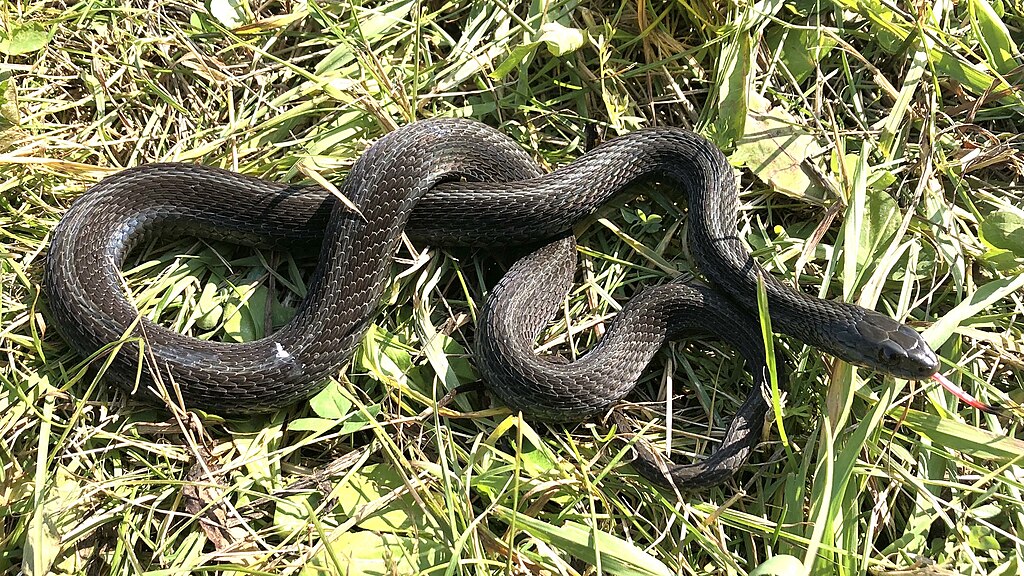
The timing of under-ice activity follows a delicate balance between environmental conditions and physiological needs. Most observations occur during late winter thaws when ice remains but ambient temperatures begin rising slightly, triggering increased snake metabolism. Studies using temperature-sensitive radio transmitters have shown that these snakes become mobile when water temperatures beneath ice reach approximately 39-41°F (4-5°C). This narrow temperature window represents the sweet spot where snakes have sufficient metabolic function for movement but before the ice melts completely. Interestingly, there appears to be regional variation in this timing, with northern populations showing activity at slightly lower temperatures than their southern counterparts, suggesting local adaptation to specific climate regimes.
Hunting Strategies in the Frozen World
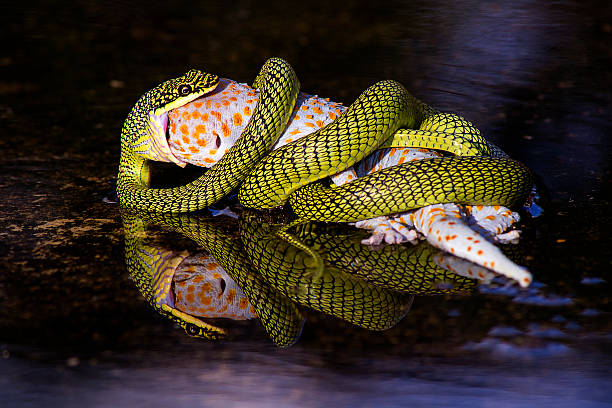
Perhaps most remarkable is the garter snake’s ability to hunt successfully in these challenging conditions. Their diet shifts seasonally, with under-ice feeding focusing primarily on hibernating amphibians, small fish, and various invertebrates that remain semi-active in cold water. Their hunting technique adapts accordingly, relying less on the heat-sensing abilities used in warmer months and more on vibration detection and chemical sensing. Garter snakes will often exploit the hibernacula of frogs and salamanders, where multiple potential prey items are concentrated in small areas. Their strike speed is notably slower in cold conditions, but their prey’s similarly reduced mobility compensates for this limitation, allowing for successful predation even in near-freezing temperatures.
Scientific Research and Observation Challenges
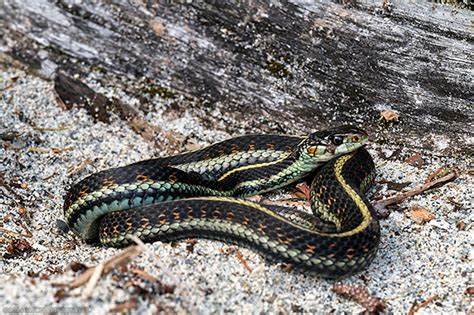
Studying snake behavior beneath ice presents unique challenges that have limited our understanding of this phenomenon. Traditional wildlife tracking methods often prove ineffective in these conditions, requiring researchers to develop specialized approaches. Some studies have employed transparent ice-viewing chambers or specialized underwater camera systems with infrared capabilities to observe movements without disturbing natural behavior. Radio telemetry with temperature-sensitive transmitters has provided valuable data on movement patterns and thermal preferences, though the weight of transmitters must be carefully considered to avoid impacting snake mobility. Citizen science has also contributed significantly to our knowledge, with reports from ice fishermen and nature enthusiasts providing valuable observational data that helps map the geographical extent of this behavior.
Communal Aspects and Social Behavior
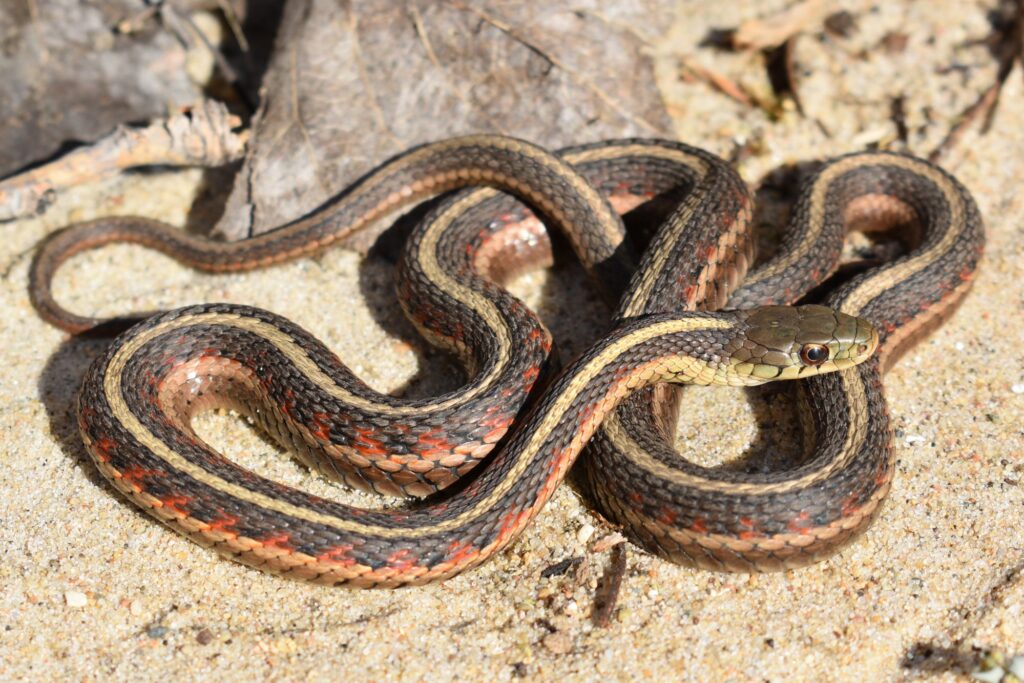
Interestingly, under-ice movement sometimes exhibits social dimensions not typically associated with reptiles. Researchers have documented multiple garter snakes following similar paths beneath the ice, suggesting some form of chemical trail-following behavior. In some instances, small groups of two to five snakes have been observed moving together, potentially increasing foraging efficiency or serving thermoregulatory functions. This quasi-social behavior contrasts with the typically solitary nature of most snake species during active seasons. Some biologists hypothesize that this temporary sociality may result from limited suitable microhabitats beneath the ice, forcing snakes into proximity rather than representing true social behavior, though the debate continues among herpetologists studying this phenomenon.
Geographic Distribution of Ice-Slithering Behavior
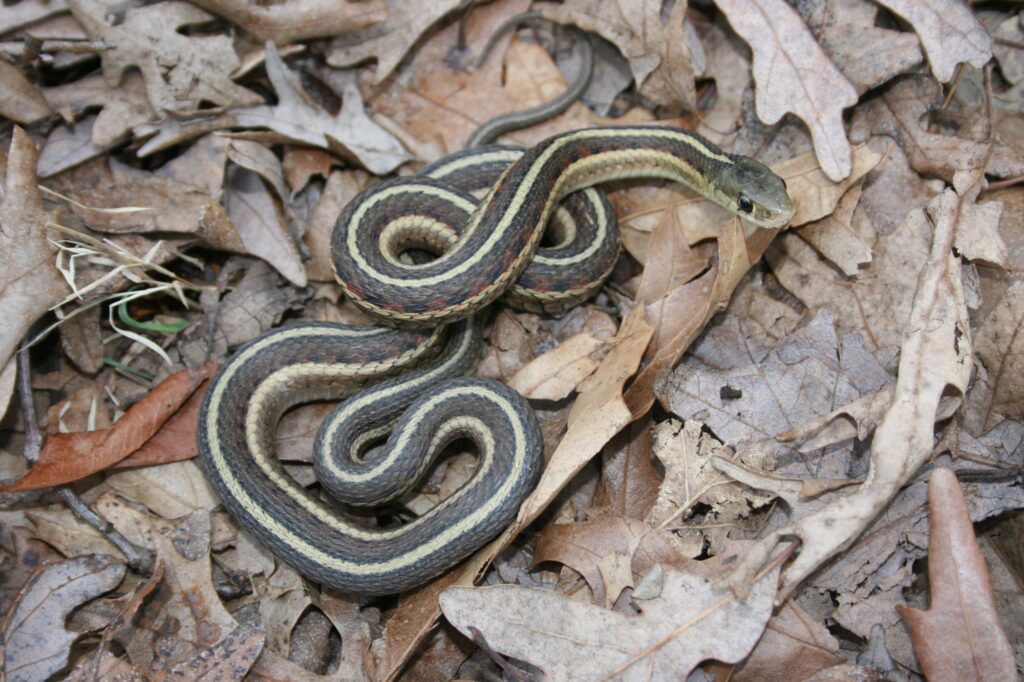
While garter snakes range widely across North America, the under-ice behavior shows distinct geographical patterns tied to climate and habitat. The phenomenon is most frequently documented across the northern United States and southern Canada, particularly in regions with extended winter periods but not extreme prolonged cold. Notable hotspots include Minnesota’s wetland complexes, Michigan’s Upper Peninsula marshlands, Wisconsin’s glacial kettle ponds, and similar habitats across southern Ontario and Manitoba. The behavior appears less common in the species’ southern range, where winters are milder and complete ice cover is less common or sustained. Interestingly, isolated populations in high-elevation areas of the Rocky Mountains also demonstrate this behavior, suggesting it evolved independently multiple times as an adaptation to local conditions.
Ecological Significance and Food Web Impacts
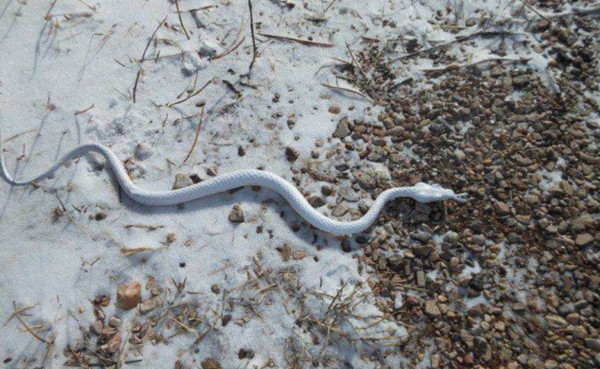
The garter snake’s ability to remain active beneath ice has significant ecological implications beyond mere survival. As one of the few active predators during winter months in these habitats, they occupy a unique niche in seasonal food webs. Their predation pressure on hibernating amphibians and aquatic invertebrates can influence the population dynamics of these species, potentially affecting community composition the following spring. Additionally, active garter snakes themselves become rare winter food sources for predators like mink, otters, and certain raptors that can break through thin ice. This positioning in the winter food web highlights how a single species’ adaptation can create ripple effects throughout an ecosystem, demonstrating ecological interconnectedness even during seemingly dormant seasons.
Conservation Concerns and Environmental Threats

Despite their remarkable adaptability, garter snakes facing under-ice conditions face increasing challenges from environmental changes. Climate change presents perhaps the most significant threat, as warming winters create unpredictable ice conditions and disrupt thermal regimes. Increasingly common winter thaw-freeze cycles can trap snakes in refrozen water or eliminate the stable under-ice environment they require. Wetland drainage and development continue to reduce suitable habitat across their range, with shallow marshes particularly vulnerable to human modification. Pollution poses another threat, as contaminants concentrate in wetland sediments where these snakes forage, potentially causing physiological stress that compromises their cold-tolerance mechanisms. Conservation efforts focused on protecting intact wetland complexes with natural hydrological cycles offer the best hope for preserving this remarkable behavioral adaptation.
Comparison with Other Cold-Adapted Reptiles
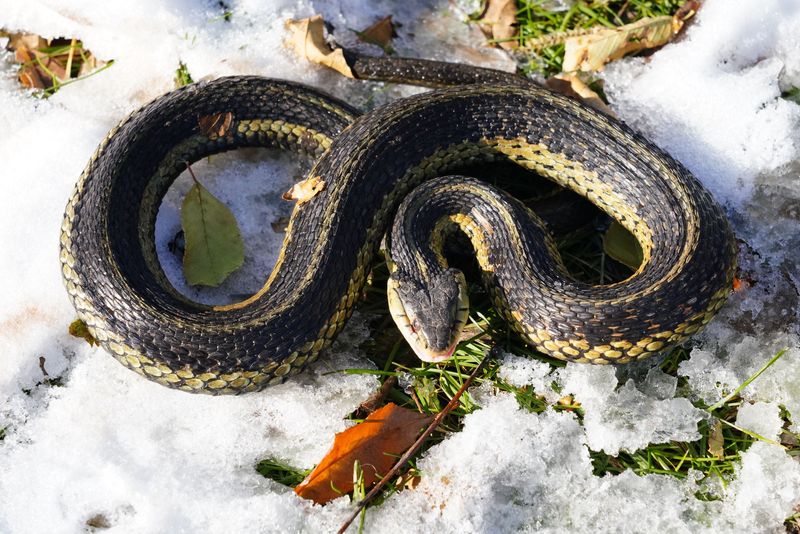
The garter snake’s under-ice behavior represents just one evolutionary solution to the challenge of reptilian survival in cold climates. Other reptiles demonstrate different but equally fascinating adaptations. The painted turtle, for instance, can survive being completely frozen for short periods, employing true freeze-tolerance rather than the garter snake’s freeze-avoidance strategy. Certain high-latitude lizard species enter profound torpor in underground hibernacula, dropping their metabolism to near-zero for months. Some northern vipers utilize communal hibernation in deep rock crevices, generating minimal collective heat through clustering. Among these varied strategies, the garter snake’s approach stands out for maintaining some level of activity rather than complete dormancy, representing a unique evolutionary path to cold survival that relies on behavioral adaptation as much as physiological mechanisms.
Future Research Directions and Unanswered Questions

Many aspects of under-ice snake behavior remain poorly understood, offering rich opportunities for future scientific investigation. Researchers are particularly interested in the sensory mechanisms these snakes use to navigate effectively in the dark, ice-covered environment, with current hypotheses focusing on magnetic sensitivity or highly developed pressure detection. The physiological limits of their cold adaptation remain incompletely documented, with questions about how climate change might affect these boundaries. Genetic studies comparing cold-adapted northern populations with southern relatives may reveal the genetic basis for these specialized traits. Perhaps most intriguingly, some researchers are investigating potential applications of garter snake antifreeze compounds in medical science, particularly for improved organ preservation techniques in transplantation. As research technology advances, our understanding of this remarkable adaptation will undoubtedly deepen, potentially yielding insights applicable well beyond herpetology.
The common garter snake’s ability to navigate beneath frozen marshes represents one of nature’s most remarkable adaptations. Through specialized physiological mechanisms and behavioral strategies, these resilient reptiles have carved out a unique ecological niche in environments seemingly hostile to cold-blooded life. Their under-ice activities challenge our understanding of reptilian capabilities and highlight nature’s endless capacity for innovation in the face of environmental challenges. As climate change alters the frozen landscapes these snakes have adapted to, their future remains uncertain. However, their evolutionary journey reminds us of life’s remarkable tenacity and the extraordinary adaptations that can emerge when survival depends on overcoming seemingly impossible environmental barriers. The snake that slithers beneath ice stands as a testament to the wonders still waiting to be fully understood in the natural world around us.




